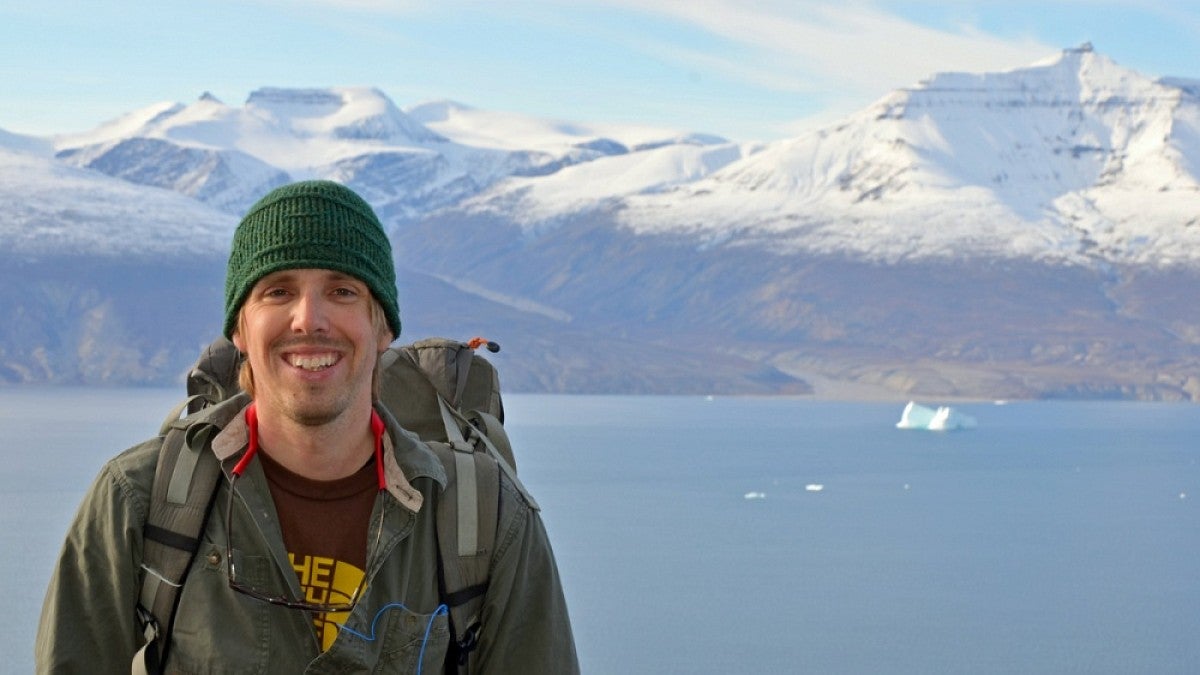A newly published paper on Greenland's ice sheet led by UO doctoral student Dustin Carroll and his mentor David Sutherland is one of two studies described in a Washington Post story.
The story looks at research that is exploring the combination of melting water flowing off the island nation's ice sheet from high elevations with ice falling off glaciers directly into the ocean. A resulting question is: Does it mean a faster melt rate for Greenland?
Carroll's study, published in Geophysical Research Letters, looks at how meltwater from Greenland moves under the ice sheet and ends up entering the ocean below the surface and under glaciers near the shoreline.
His study, Carroll said, reveals that glacier depth is a primary control on how efficiently ocean heat is transported to the ice. The process he identified is similar to what happens in a fire or volcanic eruption as turbulence causes a rising plume to expand.
"In Greenland," he said, "giant rivers of meltwater flow downhill at the base of glaciers and into the ocean, emerging like an underwater firehose at the bottom of a glacier face. This river of fresh meltwater is lighter than salty ocean water, so it rises as a plume along the glacier — just like a smokestack. Instead of entraining air, these plumes entrain warm ocean waters and transfer the heat into the ice, melting and causing a glacier face to erode, often from the bottom up. This erosion can cause the glacier to become unstable, calve more icebergs, and retreat inland."
Read the Washington Post story "Greenland melting from above and below — and scientists say they’re linked."
Sutherland, meanwhile, is involved in newly funded research that explores the same thing in both Greenland and Alaska. That work was recently detailed in Around the O in the story "Glacial ice is a way of life for UO oceanographer."


